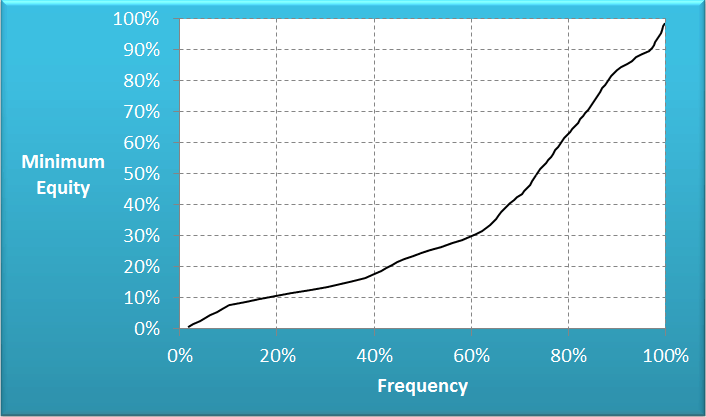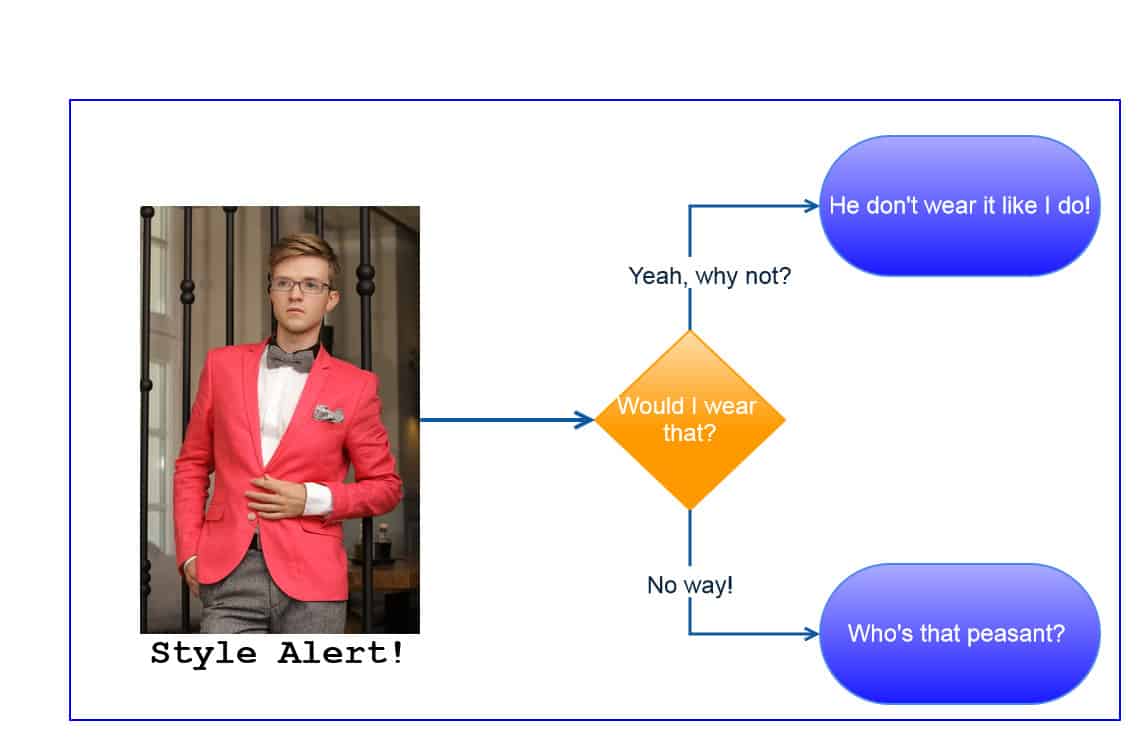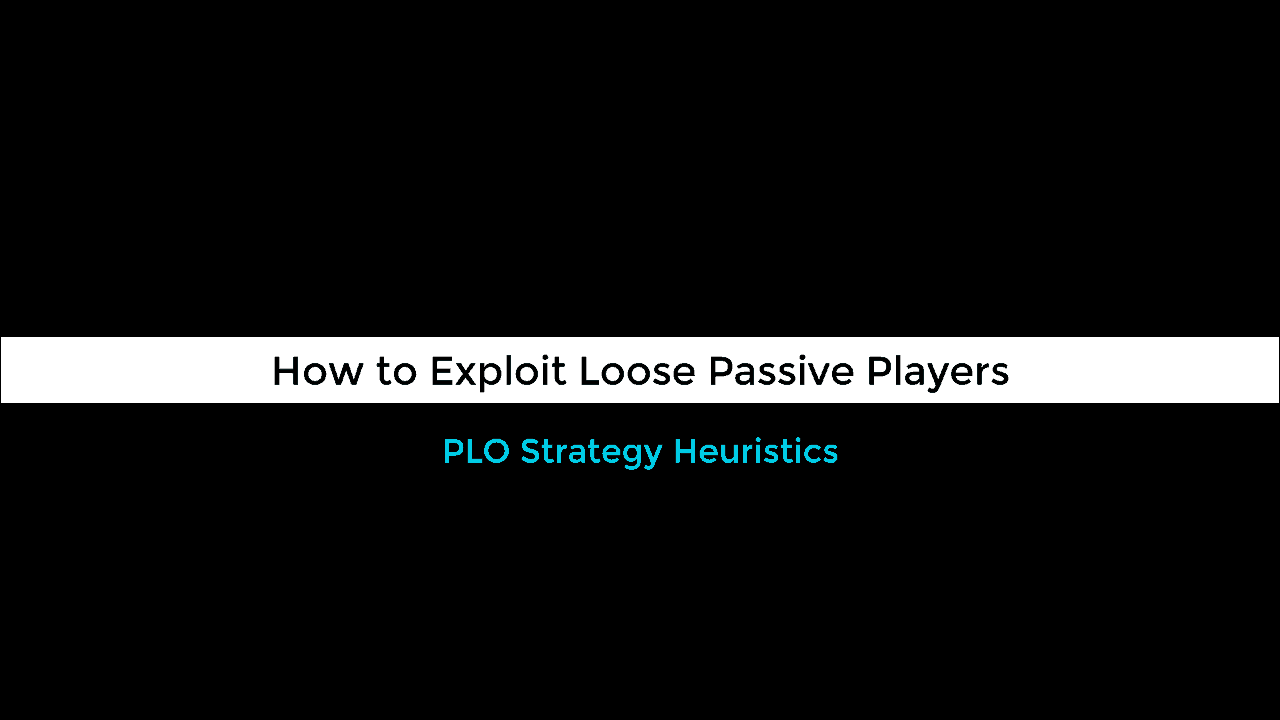Charles Caleb Colton
You’re not alone. If you sometimes feel completely lost in this game, adrift in a sea of confusion about bet sizes, check-raises and cold 4-bets then take a minute to relax. Pot-Limit Omaha is a vast game, and any one of us is standing on only a small fragment of the poker puzzle. With so much still to learn it is worth being reminded that:
What you know doesn’t matter as much as what you don’t know.
This article is for guidance when our journey gets a little rocky- a reminder that, armed with patience and an open mind, we will find another piece.
A little knowledge is a dangerous thing
It’s the first hand of a large buy-in online MTT when we pick up Q♠Q♦J♥5♦ on the button. It’s folded to us and we open to 250 at 50/100, with stacks of 10,000. Our opponent in the small blind, whom we recognize as an Omaha professional but have no reads on, 3-bets to 850 and the action is on us. What’s your play?
I advocate a fold, which will astonish some readers, and here’s why: We don’t know enough about our opponent’s 3-bet range and post-flop play in 3-bet pots to be able to make good decisions post-flop. It’s true that our opponent could 3-bet us with any 4 cards here if we fold a hand as strong as this- this is a 7th percentile hand heads-up
However, if our opponent is 3-betting a relatively2 tight range of {AA,KK, good Ads, good rundowns} then our hand has poor hot/cold equity and terrible reverse implied odds. Against a 7% range so constructed we have only 35% equity. However our ‘Hand v Hand’ equity distribution is horrific.

Hand v hand Flop equity of QQJ5ss against a 7% 3-bet
Observe that fully 60% of the time we flop less than 30% equity. Were our opponent to maintain an 85% C-bet frequency, and simply check/fold the weakest 15% of his hands, we would find ourselves heavily dominated by his C-betting range. The occasional set we flop hardly compensates, since our opponent will have both bet/fold and bet-bet/folding ranges.
Even when we do get the money in, in Omaha a set is usually only a 65%-75% favorite against a strong player. Set against this are all the times when we flop or turn a flush draw and face an opponent with a dominating hand. He will hold the higher flush draw with fully 1/5th of his pre-flop range, and a turned flush draw generally does us little good- we only have 20% equity against the {AA,KK} sub-range on a 9♥7♦2♠3♦ board. So if we do call a pre-flop 3-bet here we are gaining the opportunity for small wins at the very real risk of a 50BB+ mistake.
We should not assume that a given unknown professional’s 3-betting range differs significantly from our large sample of known professionals’ 3-bet ranges in this situation3. We run the risk of overvaluing the knowledge that we have- the “known mistake” of folding this hand to a potential wide 3-bet, and undervaluing the knowledge we don’t have- our opponent’s 3-bet range and post-flop tendencies. We need time to discover the truth about our opponent’s tendencies in 3-bet pots, and at the beginning of a deep-stacked MTT time is a resource we have plenty of.
Why hate when you can emulate?

The Polarizing Effect of Style
Seek method in their madness
You see, calling 4-bets with pocket Kings is unmistakably a terrible play, one that some of my opponents remain blissfully ignorant of. However, I started to dismiss all of these opponents as “terrible players” based purely on the fact that I had observed them make a few consistently terrible plays. Yet they were still in the games and, whilst many of them were rakeback pros, some of them were winning well. If they are making mistakes observable to me that they are unaware of, it stands to reason that I am making mistakes observable to them that I myself am unaware of.
Since there is still a vast amount of Omaha theory that I haven’t got anywhere close to solving, I have much to learn by observing the play of these opponents in situations where they are doing well. I would advise you not to overvalue isolated visible mistakes in your overall assessment of your opponent’s game. Whilst we can take pride in a body of knowledge well applied, we must remain humble if we wish to add to that knowledge.
Have you ever dismissed an opponent prematurely when he turned out to be ahead of the curve? Is a player in your games doing something now that you think might be good but are scared to try yourself? Would you wear that red suit? Use the comments below to let me know or even just to say ‘Hi’.







Leave A Comment